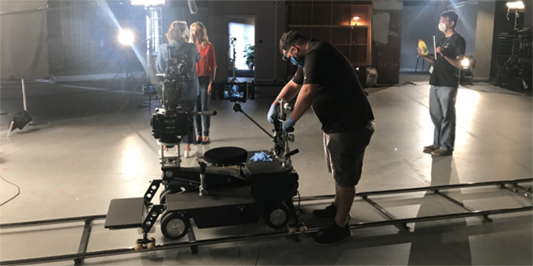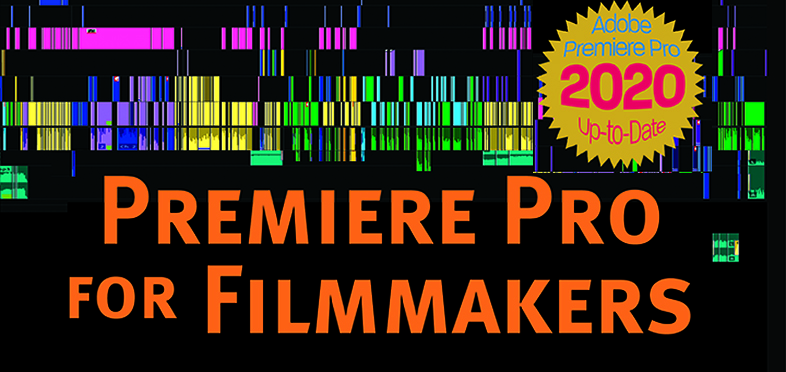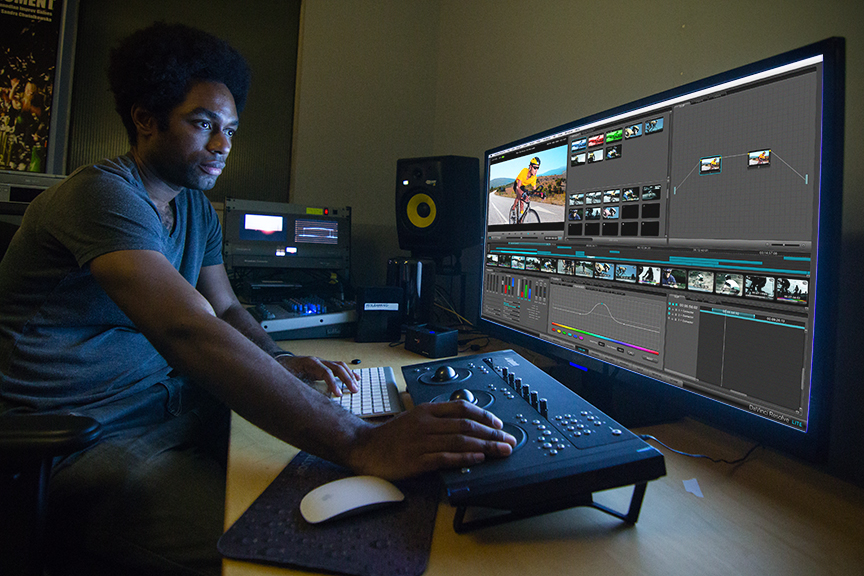Today, one of us is sheltering in place in San Francisco and the other in Los Angeles. We talked on the phone and an obvious question came up: How can filmmakers continue to make movies?
Well, while there may be no precedents for filmmaking under these conditions, there are plenty of examples of filmmaking with extremely limited constraints.
Here’s a quick list:
Rope
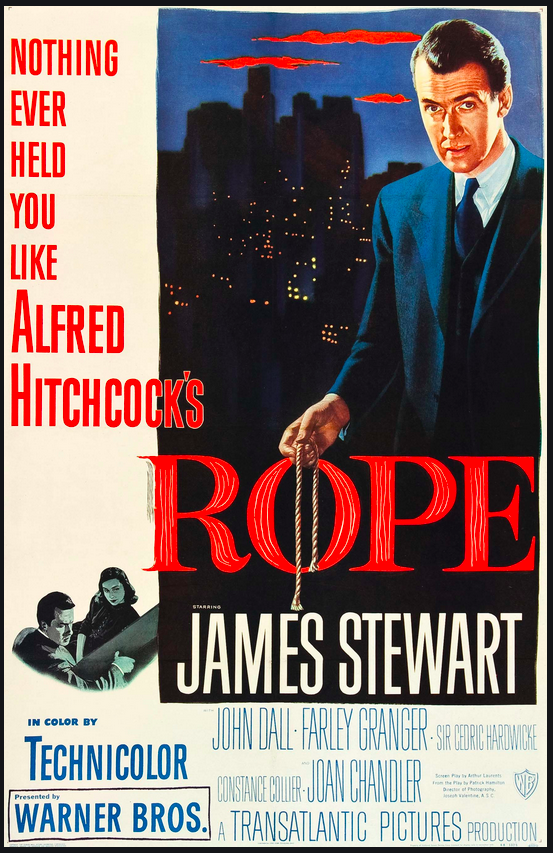
Alfred Hitchcock’s Rope was famously filmed using only ten shots, each ranging from 4 to 10 minutes in length. Rope was adapted from a famous stage play, and Hitchcock wanted to keep the feeling of a staged production—hence the long takes. The cast was reportedly quite stressed through the process because they didn’t all have a lot of stage experience, and so weren’t accustomed to having to play such long takes. If you pay attention, you can see the edit points—the camera passes behind an actor so that they’re back completely fills the frame, the trunk lid is opened so that it fills the frame, and so on.
Every set piece was on rollers because the camera was so big that when it needed to make moves (like the dolly shot into the kitchen) they actually had to roll the walls out of the way as the camera moved in and out of places. Apparently the floor was an incomprehensible mess of tape markers.
So was this just a clever technical stunt? Personally, I don’t think so. Because of his approach, the entire story plays out in real-time, like a stage play, and because the entire story takes place over the course of a dinner party, Hitchcock’s stage-like approach helps to make you feel more like you’re there. This is a great example of taking a limitation and making it serve the story.


Lifeboat
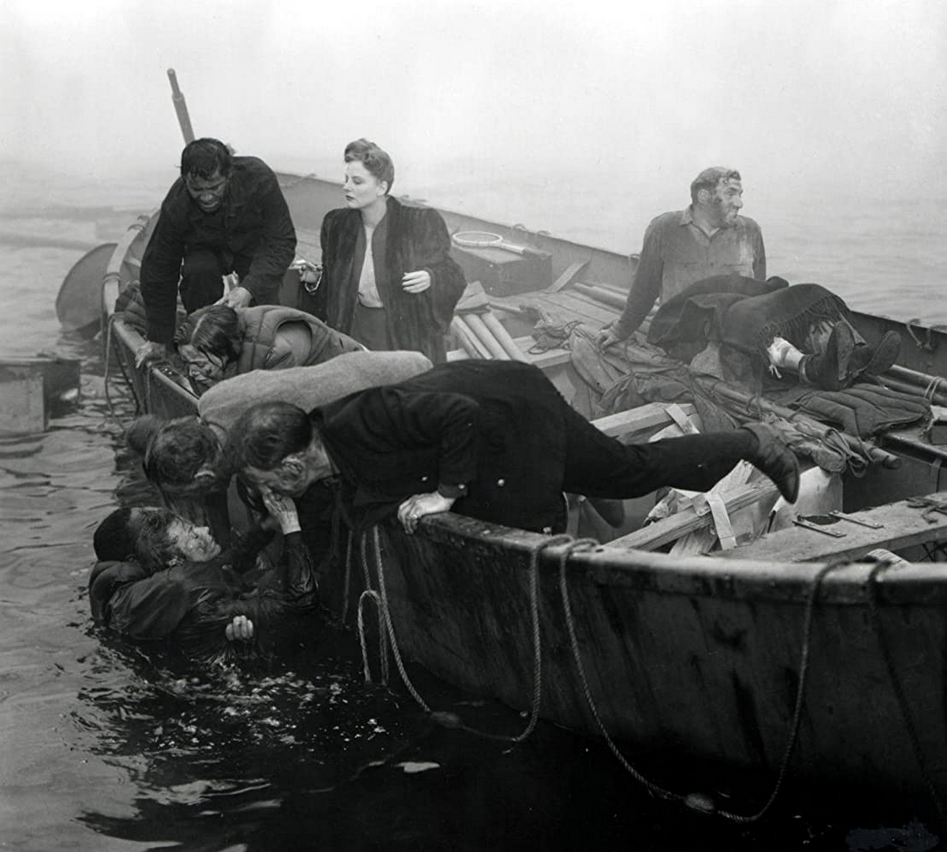
Another Hitchcock experiment in extreme limitations, Lifeboat, was filmed entirely in a—you guessed it—lifeboat.
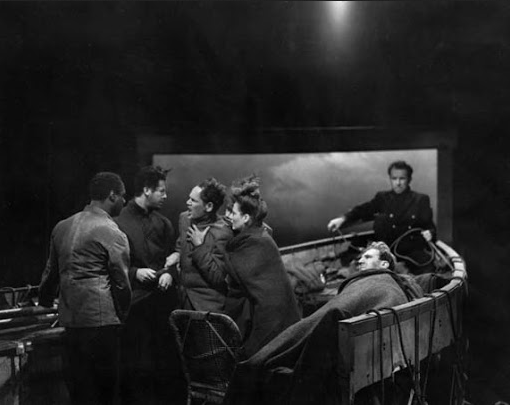
Dogville

Just one example of the many films that came out in the 90s and early 00s that followed the limitations set out by the Dogme95 manifesto, Dogville was written and directed by Dogme founder Lars von Trier. The film stars Nicole Kidman and takes place on an open sound stage where the locations are marked with tape on the floor. I recall seeing this film in a theater back then and being surprised at how little the lack of scenery or costumes mattered to me. Needless to say, a great script, cast, and director has something to do with that.
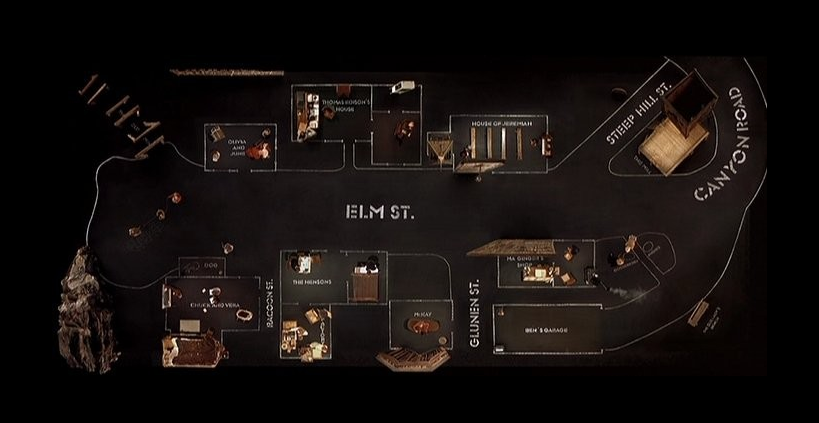
World War Z
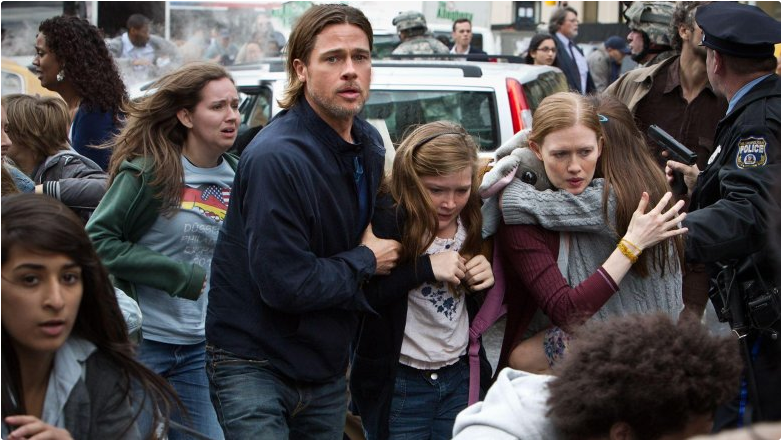
Okay, this production wasn’t limited at all, but the book that it’s based on was—it consisted of a collection of first person interviews telling the story of a virus outbreak that turned people into zombies. So it’s more a good example of the type of content that could work in a time of separation. It’s not that hard to reimagine World War Z filmed in a style that’s more true to the book, in a way that could be done right now, with various cast members shooting their own “interviews” with their cell or laptop camera. Of course, as always, a lavalier mic would make all the difference if you were gonna make a film this way.
Searching
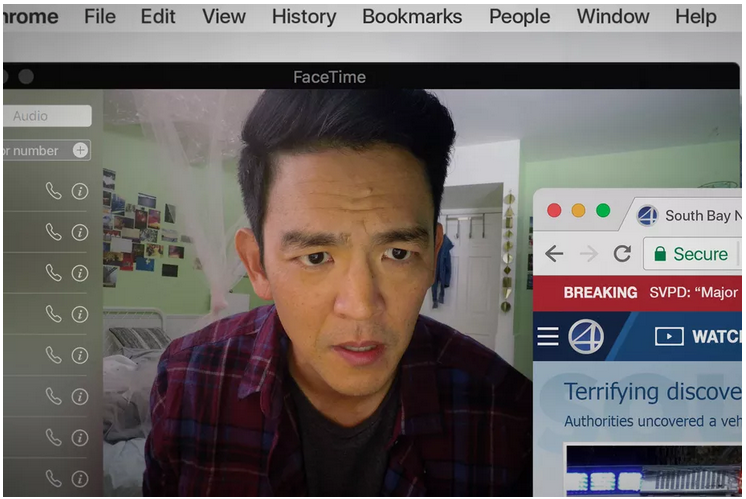
Going a step further from the potential mockumentary style of a re-imagined World War Z, are so-called “screen films.” As the internet and social media invade more and more of our lives, they have forced filmmakers to integrate screens and digital interactions into movies and series. In Searching, John Cho plays a father desperately searching for his missing daughter and the entire narrative plays out across a series of computer sceens and also a mobile phone. If I were going to try to shoot a movie right now, I think this is the way I would do it and this film by director Aneesh Chaganty provides a great roadmap. What was once considered a bit of a gimmick might just prove the way forward.
Modern Family Lost Connection Episode

Another example of the all-screen narrative, in 2015 the television series Modern Family featured an episode that played out entirely on the computer screen belonging to a single character. All the mousing and other “action” were built as graphic elements and animated, not simply recorded “live.” Why? All screens have a resolution of 72 ppi which is quite low, so if you record a screen, even a 4K screen, graphic elements may not look as crisp as you’d wish.
Grand Hotel
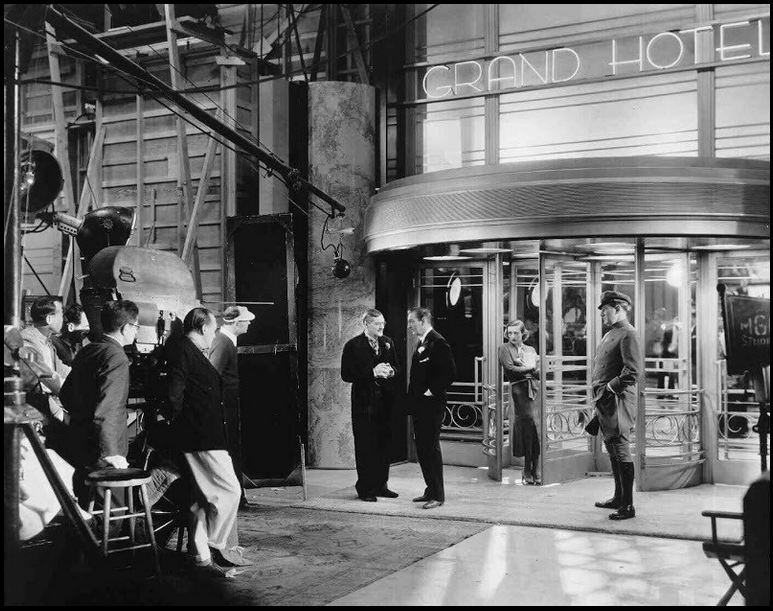
Grand Hotel is one of the great classics of American cinema. The whole thing takes place inside a single building. So if you have a big house and a family or roommates who like to be on camera, it’s possible that you could take inspiration from Grand Hotel to write a narrative and film it without leaving your house.
And speaking of limitations, Grand Hotel was made before the Hays Office changed American filmmaking entirely, by introducing a set of moral restrictions regarding the type of content and visuals that could be included in a movie, known as the Motion Picture Production Code. Back in the 1920s, there were no censors or ratings for films, so the Hays Code, as it was informally known, set out a list of suggested “don’t” and “be carefuls” regarding language, nudity, sexuality, and violence. Of course these “suggestions” were backed up with some heavy-handed politics so the studios had no choice but to comply. The films restricted by the Code started in the late 1920s and continued through the 1950s, until it was officially abolished in the 1960s. Grand Hotel, which was released in 1932, is one of the last pre-code films and it won best picture.
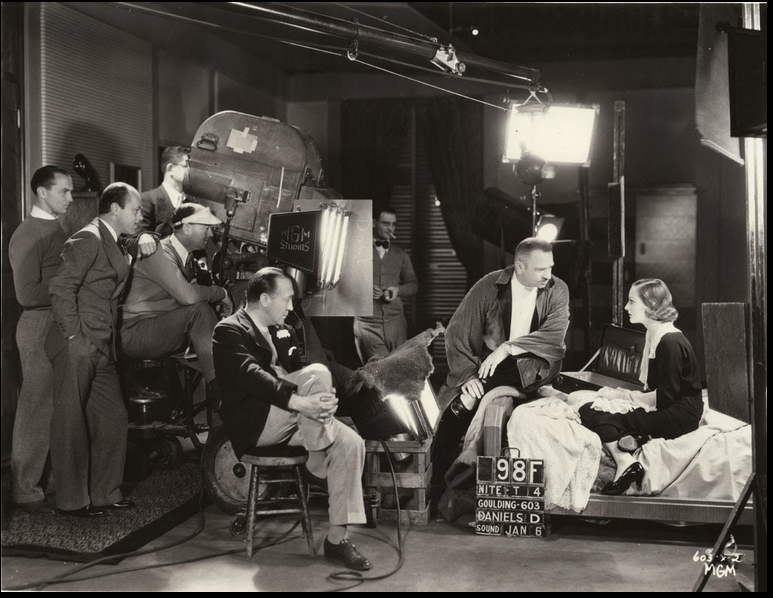
Rear Window

Okay, we had to come back to Hitchcock. One of the most famous sets in Hollywood history, Rear Window takes place entirely in one apartment. Jimmy Stewart’s character, L. B. Jeffries, is laid up with a broken leg and has nothing to do but look out his window into the courtyard behind his building. In addition to the courtyard, he can see into the windows of his neighbors. Over the course of the movie, he witnesses and solves a crime.
The entire setup that you see in the movie was actually constructed, and each of the apartments across the courtyard was a fully functional apartment with electricity and running water. In a very unusual circumstance for a movie, the entire cast was on-set on most days, even if they didn’t have anything to shoot that day. The actress who played Ms. Torso reported that she simply hung out in her characters’ apartment.
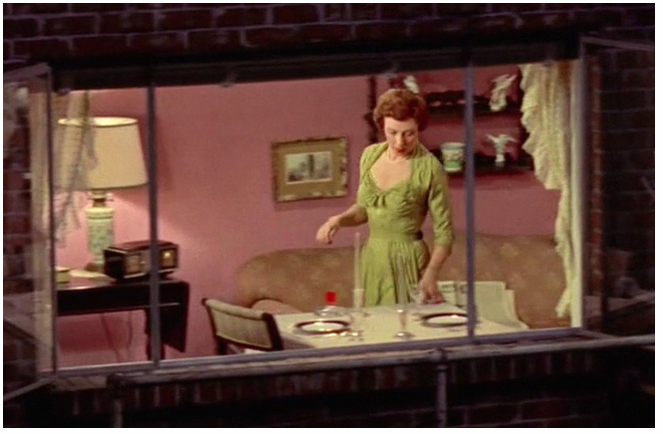
As you can see from the layout of the buildings, characters in one apartment couldn’t see into other apartments in their buildings, so many of the complex camera moves required complex choreography and timing. In many cases, Hitchcock directed the actors via radio, through earpieces that they wore. They couldn’t hear each others’ directions, and to create more tension, Hitch didn’t always give them all complementary directions!
In a sense, every actor was in lockdown in their own part of the set, having to figure out how to work together.
Again, stunt? Not at all! In addition to creating a great story, generations of film scholars have found much to think about in terms of theme and content because of Hitchcock’s use of this space. (Try watching the film with the idea that each window Jimmy Stewart’s character looks through is a different possibility for his life with Grace Kelly’s character.)
Oh, and btw, I have to add to this one because there’s also the narrative! A man is locked down in his apartment as he recovers from a health problem. Hmm. I’m pretty sure he’s not the only person sitting in his apartment with nothing better to do than wonder what his neighbors are up to right about about now.

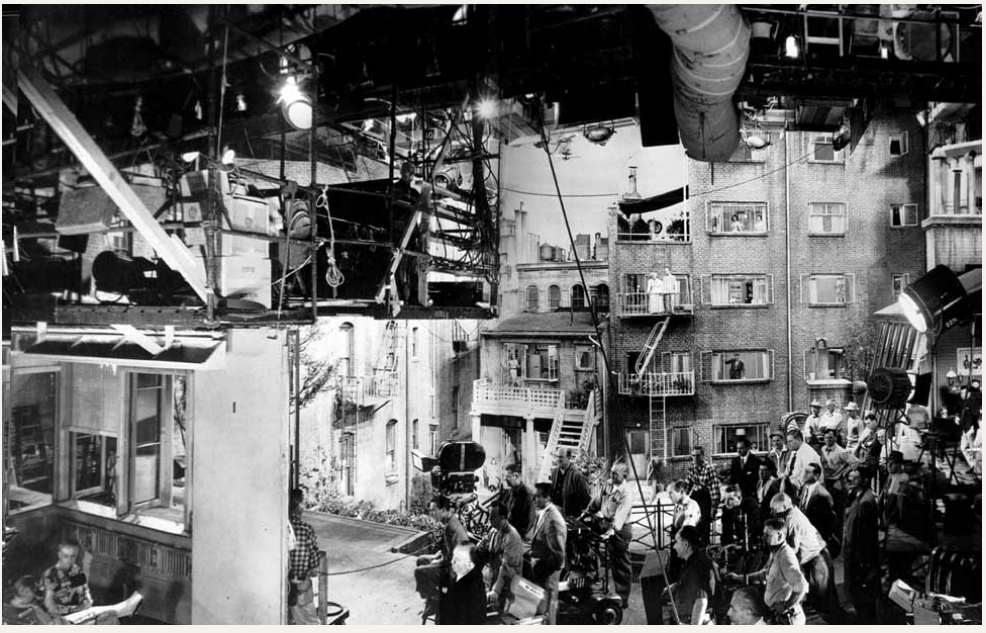
Swimming to Cambodia
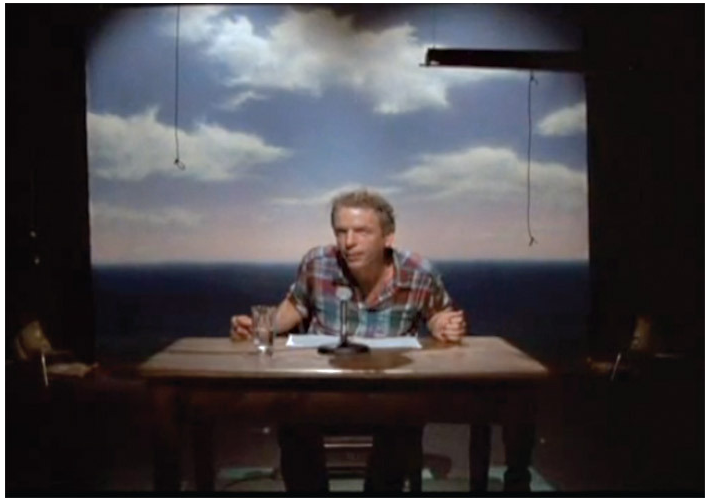
Spaulding Gray was a brilliant monologist who made a number of “concert movies”—film documents of the live monologue readings that he gave. If the idea of one man sitting at a table with a glass of water and a notebook, doing nothing but talking for 90 minutes sounds boring, then check out this movie to see what can be done with the right story, the right storyteller, and a skilled director behind the camera. Director Jonathan Demme mostly stays out of the way, trusting that Spaulding Gray is interesting enough on his own, but it’s interesting to see the times when he choose to cut away, or go to a close-up. You could absolutely shoot this movie inside any house or apartment…assuming you could find a talented enough subject.
Dial M For Murder
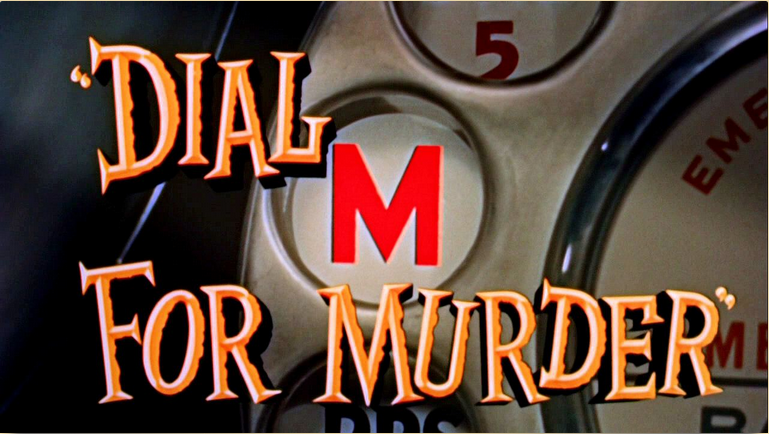
Back to Hitchcock. This movie isn’t as “pure” of a locked-in experience as Rope or Lifeboat, but as with Rope, it was adapted from a stage play, and so Hitchcock took pains to try to preserve that stage feeling. Most of the story takes place inside a single apartment, and Hitchcock’s camera roves all over the place. This movie is a master class in how to find interesting ways to show and move action through a single space. However, it’s important to know that, when it was released, this movie was in 3D. Again, this was an attempt to re-create a stage experience for the audience. So, some of his camera movements are meant to exploit the 3D effect. Still, even in 2D, there’s much to learn about working mostly in a single, small space. And it’s a fun movie, to boot.

